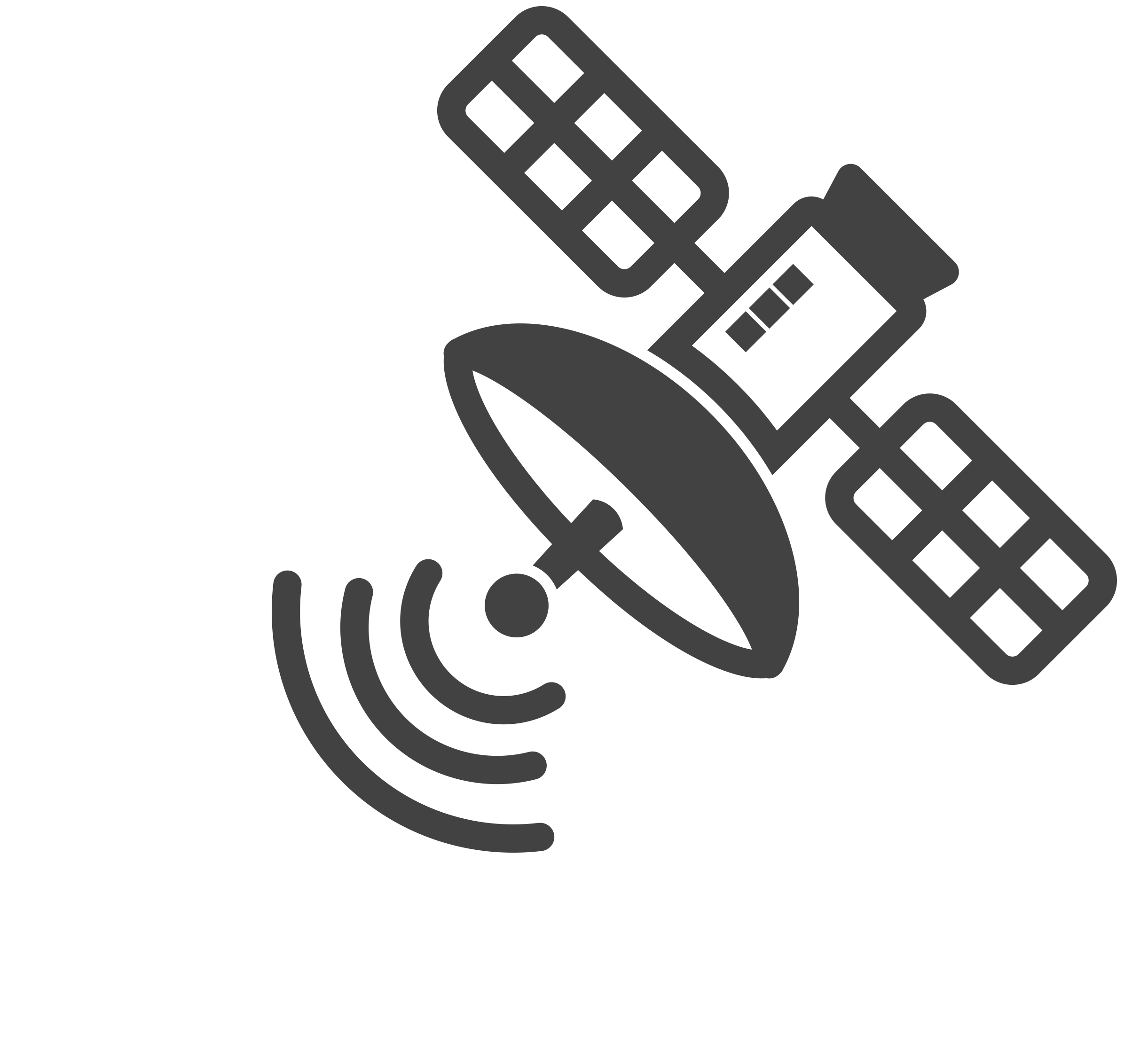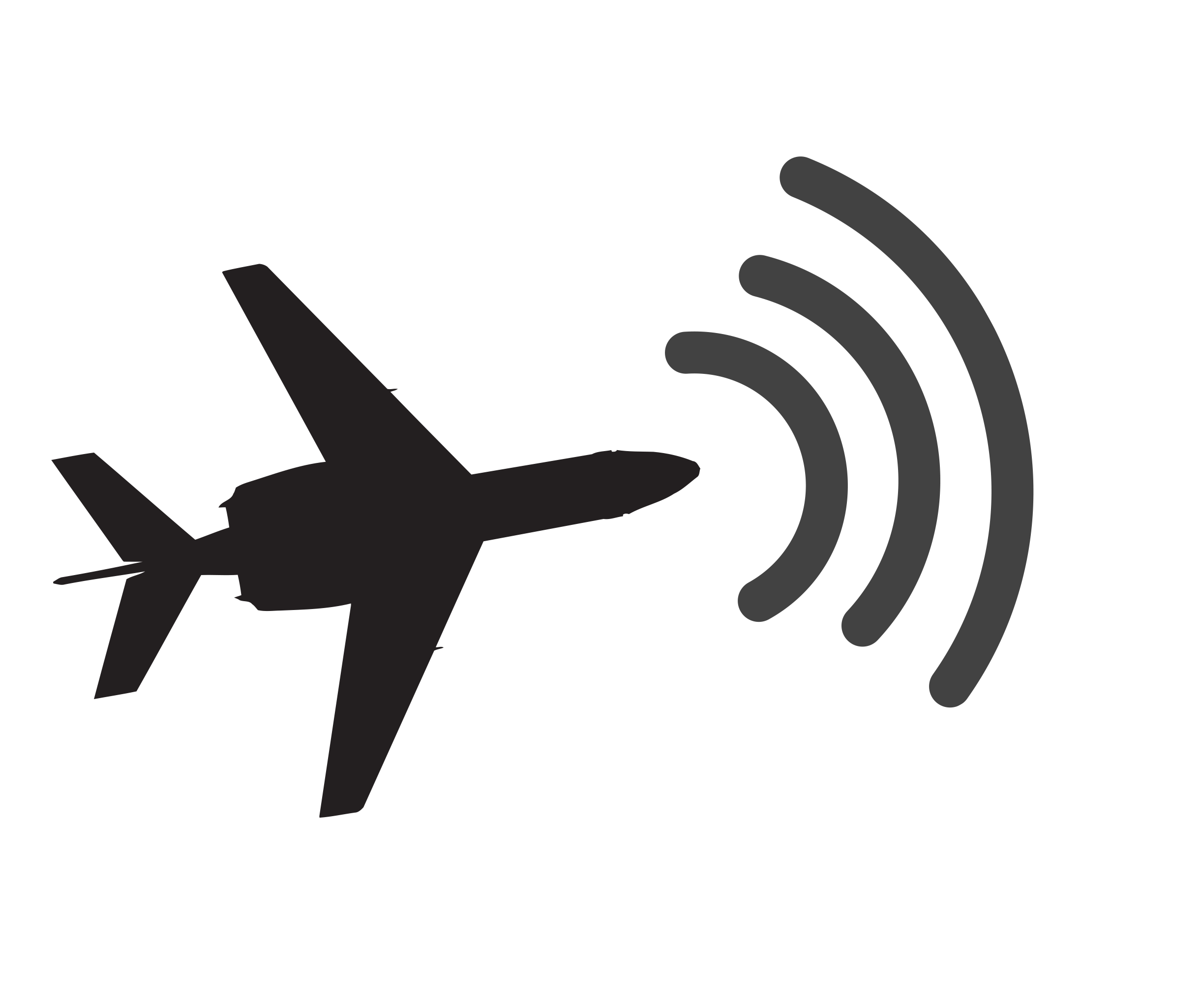Flight data monitoring was once largely considered an airline safety initiative with few reasonably-priced options for business aircraft operations. Today, with hardware and software widely available, business operators have increasingly been adopting FDM, as well as flight operational quality assurance (FOQA) and similar programs. In fact, wider adoption of FDM is one of the NTSB’s “most wanted” safety recommendations for improving aviation safety.
“I believe it is incumbent on flight departments to look seriously at their safety management systems (SMS) and FDM as part of that,” said Mike Whannell, CAM, chief pilot of Jack Henry & Associates. “At one time, FDM hardware and related processes were complex and cost prohibitive. It required access to the flight data recorder via a Quick Access Recorder (QAR) or another similar interface.”
“The key goal is trend analysis and risk mitigation. It’s not event analysis. You have to look at the aggregate and comparative information to gain the most benefit.”
MIKE WHANNELL CAM, Chief Pilot, Jack Henry & Associates
Whannell explained that when they started their FOQA program 10 years ago, their aircraft had a digital FDR they could pull data from, but the process for doing so was inconsistent and cumbersome.
“Fast forward to today and vendors like AirSync or CloudAhoy have made FDM easily available to light GA,” Whannell said. “The barriers that once existed in cost and technology are really broken down now.”
 An early beta development program by the Citation Jet Pilots (CJP) owner-pilot association assisted both CloudAhoy and AirSync extensively in delivering these capabilities.
An early beta development program by the Citation Jet Pilots (CJP) owner-pilot association assisted both CloudAhoy and AirSync extensively in delivering these capabilities.
If you’re planning to implement FDM in your operation, it’s important to choose the right technology that best suits your mission, implement the program thoughtfully and utilize best practices for analyzing and leveraging data provided by the program.
Safety experts shared with Business Aviation Insider their top tips for utilizing FDM:
Set the Stage
First, lay the groundwork.
It’s important to have buy-in from top management, not only to secure a budget for the program, but also to most effectively use the data and create a company culture of trust.
If you don’t already have a robust SMS and an aviation safety action program (ASAP), start there. Experience with an ASAP and confidence in the flight department’s handling and use of data might lead to easier acceptance of FDM by pilots.
“You have to create your own suite of parameters, which requires some study and analysis to determine what’s important to your organization.”
CHARLIE PRECOURT Chair, Citation Jet Pilots Safety Committee
“Data use and safeguarding is an important discussion and must result in agreement between the company, management and pilots themselves,” said Whannell, whose organization added a pilot agreement in their FOQA manual outlining the intent of the program.
FDM should be mapped as part of the overall SMS roadmap. Implementing an ASAP can help build trust and understanding with flight crew.
FDM should also be included in the SMS manual or other materials, explaining how to introduce crews to FDM concepts and the safeguarding of data and developing a number of “what-if” scenarios to help crewmembers feel comfortable with the program.
Next, begin researching options and developing a plan for implementation.
While researching FDM hardware and software options, consider the parameters you wish to capture. What metrics are you most interested in tracking and analyzing? What data gives you the biggest bang for your buck?
“You have to create your own suite of parameters, which requires some study and analysis to determine what’s important to your organization,” said Charlie Precourt, chair of the CJP Safety Committee.
“Start with scope,” Whannell added. “Proactively look at your flight operation from a continuous improvement standpoint and ask what data might best reduce risk. If you define the scope and the expectations in data use and protection, implementation will go more smoothly.”
Also consider aircraft capabilities, and understand limitations of different hardware and software combinations. Talk to your OEM. Some aircraft types have built-in capabilities while other OEMs have arrangements with third-party vendors.
Some aircraft do not have a built-in FDM solution, but the combination of a Garmin 3000 and AirSync or similar will fit the bill, providing most – but not all – parameters under consideration by the company.
For example, the flap position might not be reported in this system. The Garmin 3000 doesn’t track that information, so even though AirSync could document that data, it isn’t reported by the hardware. That’s okay as long as flap overspeeds aren’t a metric you wish to monitor.
Implementing Solutions
 Experts say it’s important to roll out FDM solutions in a phased approach. Take it step-by-step, educating pilots first and then starting with one device in one aircraft.
Experts say it’s important to roll out FDM solutions in a phased approach. Take it step-by-step, educating pilots first and then starting with one device in one aircraft.
Once you’ve implemented FDM in an aircraft, analyze the performance of that solution and evaluate the parameters you originally chose. Are you getting the type of data you anticipated? Is that data actually valuable, or should you consider other metrics?
A phased implementation approach allows you to modify your FDM program, adding new parameters or even changing hardware and software, if necessary, without a fleet-wide financial commitment.
For example, the CJP Safety Committee initially thought vertical speed was important, but if a flightpath is through thermal conditions, the data will report vertical speed variances that are meaningless. The variances are due to thermal conditions, not performance.
“It turns out that data point is not important. However, other data made us realize we need to establish best practices for how to fly visual approaches,” said Precourt.
Further, a phased approach allows for some data to fly in, which is better than no data.
Using Data Effectively
How do you ensure data received through your FDM program is used effectively?
“In the very beginning you are data-rich and knowledge-poor,” said Whannell. “The key goal is trend analysis and risk mitigation. It’s not event analysis. You have to look at the aggregate and comparative information to gain the most benefit.”
The timing of data reporting is crucial.
“The data must be timely. It has to get into pilots’ hands quickly after flight to be effective,” said Precourt.
CJP worked with CloudAhoy (now ForeFlight), L3 Harris and others to develop FDM tools. CloudAhoy can now create an automated report within 5 minutes of landing. That report is also added to an aggregated database.
How the data is reported is equally important.
“Each aircraft type requires analysis, development and special treatment,” said Precourt, adding each flight can be broken into three categories of concern: tracking of situations that are regulatory noncompliance/violation (i.e., altitude deviations); exceedance of aircraft limitations (i.e., exceeding max flap or gear extension speed); and finally, noncompliance with standard operating procedures (i.e., unstable approach).
Next, evaluate whether the data requires action.
“Ask yourself, ‘Should I be alarmed? Is this a trend or a one-off event?’” Precourt said, adding that data can be sorted into buckets of what he calls alerts, which are basically informational, or safety concerns, which require corrective action.
If the data raises alarm and is a safety concern, use your SMS risk management procedures to identify and implement appropriate corrective actions. This might include revising SOPs, adding a new scenario to training events or even working with a third party such as the OEM or the FAA to mitigate the identified risk.
Sharing safety data with other industry members is another important tool to maximize the value of your own FDM. Sharing data through an initiative like the Aviation Safety Information Analysis and Sharing Program (ASIAS) helps you benchmark your own organization’s performance and learn valuable safety lessons from other organizations.
“If you don’t use FDM, you are missing an opportunity to unlock valuable objective data within your SMS for continuous improvement.”
MIKE WHANNELL CAM, Chief Pilot, Jack Henry & Associates
The Future of FDM
Experts shared that FDM requires a certain level of humility and professionalism, which is easier to achieve when the intent is fully understood and the company has a just culture already in place.
Five years from now, our colleagues on the flight deck won’t require as much education on the issue of data monitoring to be comfortable with it. While FDM solutions are more accessible to business aviation, they are also more accessible and more widely used in the training environment.
Many pilots in the coming generation are already utilizing FDM in their university or other pilot training programs. They expect immediate feedback after a flight. They’ve been taught the value of monitoring and evaluating their own performance as part of an improvement strategy.
Adopting FDM now will ultimately improve the safety of your organization by solidifying your just safety culture and allowing for targeted continuous improvement. It will also make your organization more attractive to the next generation of pilots who essentially “grew up” utilizing this technology to become safer, better pilots.
Safety experts urge operators to adopt FDM as an integral part of their SMS.
“Don’t be intimidated by the idea of implementing FDM. If you don’t use FDM, you are missing an opportunity to unlock valuable objective data within your SMS for continuous improvement,” said Whannell. “If you’re going to be a better operator, pilot or owner, you have to be able to humbly look at your performance objectively to make improvements.”



 International Business Aviation Council Ltd.
International Business Aviation Council Ltd.